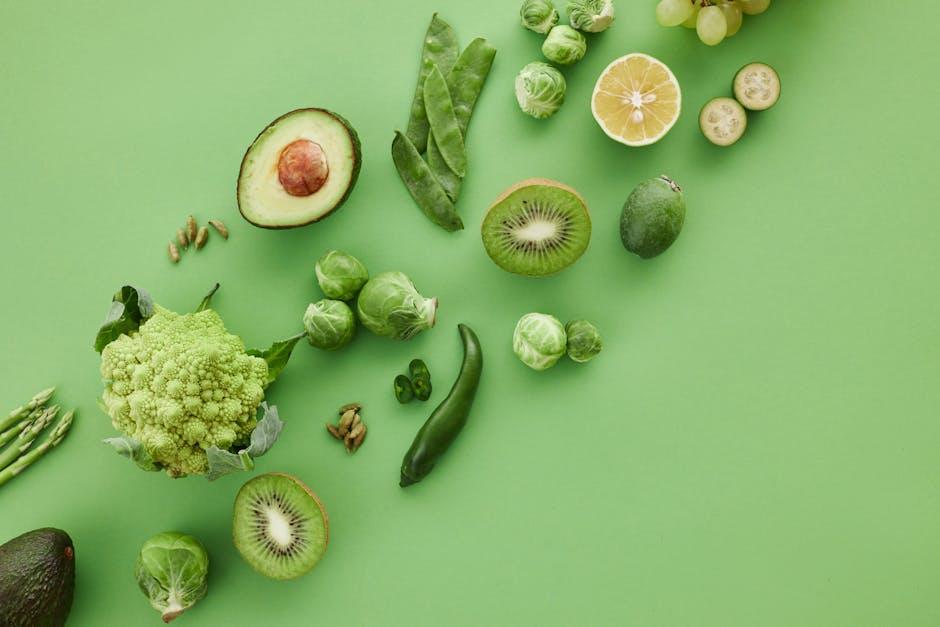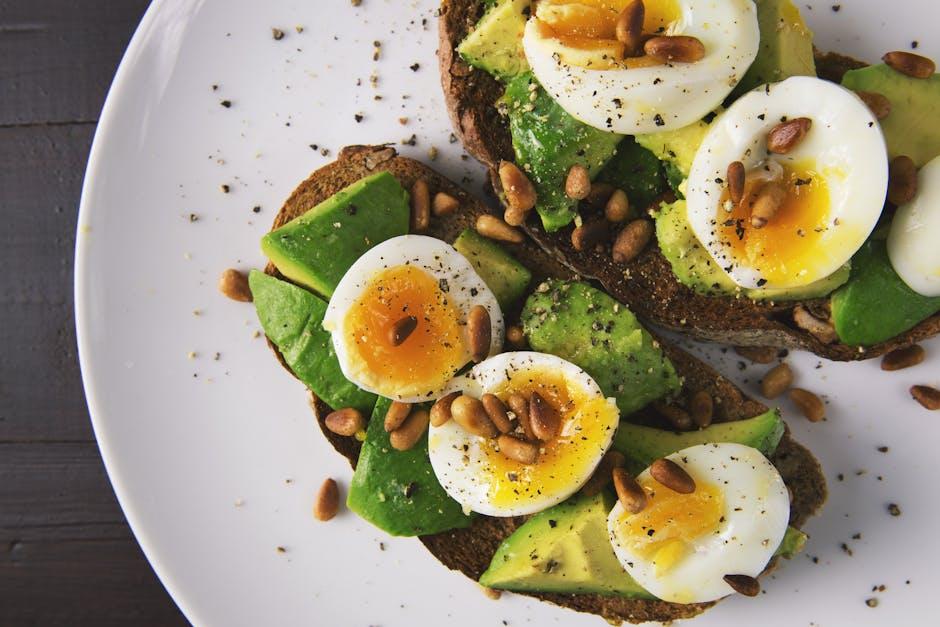In a world where the quest for health and wellness often seems to come with a hefty price tag, the idea of incorporating superfoods into your diet might appear daunting. These nutrient-rich powerhouses, celebrated for their exceptional health benefits, are often perceived as elusive ingredients reserved for the gourmet elite. However, the truth is far more accessible and affordable than you might think. Welcome to the art of crafting cost-effective superfood meals at home, where culinary creativity meets budget-friendly strategies. In this guide, we will explore how you can transform everyday ingredients into nourishing feasts, all while keeping your wallet intact. Whether you’re a seasoned home cook or a kitchen novice, join us on this journey to discover the deliciously attainable world of superfoods, right from the comfort of your own kitchen.
Understanding Superfoods and Their Nutritional Benefits
Delving into the world of superfoods can be both exciting and overwhelming, especially when considering the myriad of health benefits they offer. These nutrient-rich foods, ranging from chia seeds to kale, are packed with essential vitamins, minerals, and antioxidants. Incorporating them into your meals doesn’t have to break the bank. With a bit of creativity and planning, you can create delicious, nutritious dishes right in your own kitchen.
- Chia Seeds: These tiny seeds are a powerhouse of omega-3 fatty acids, fiber, and protein. Add them to smoothies, oatmeal, or homemade energy bars for an easy nutritional boost.
- Quinoa: Known as a complete protein, quinoa is a versatile grain that’s perfect for salads, stir-fries, or as a base for a hearty bowl.
- Kale: This leafy green is rich in vitamins A, K, and C. Use it in salads, smoothies, or as a crispy baked snack.
- Blueberries: Bursting with antioxidants, blueberries can be a sweet addition to yogurt, pancakes, or enjoyed on their own as a snack.
To make your superfood meals more cost-effective, consider buying in bulk, choosing frozen options, and prioritizing locally sourced produce. By doing so, you’ll not only save money but also support sustainable practices and enjoy the freshest ingredients.

Sourcing Affordable Ingredients Without Compromising Quality
Crafting nutritious meals at home doesn’t have to break the bank. The key lies in sourcing ingredients that are both affordable and high-quality. Start by exploring local farmers’ markets where you can often find fresh, organic produce at a fraction of the cost of supermarkets. Additionally, consider joining a community-supported agriculture (CSA) program, which provides a weekly box of seasonal fruits and vegetables directly from local farms.
- Buy in Bulk: Purchasing grains, nuts, and seeds in bulk can significantly reduce costs. Look for bulk bins at health food stores or online bulk retailers.
- Opt for Frozen: Frozen fruits and vegetables are not only budget-friendly but also retain their nutritional value. They’re perfect for smoothies, soups, and stews.
- Seasonal Selections: Choosing ingredients that are in season ensures better quality and lower prices.
By leveraging these strategies, you can create delicious, nutrient-rich meals without straining your wallet.

Crafting Delicious Recipes with Budget-Friendly Superfoods
Transform your kitchen into a hub of nutritious creativity with the strategic use of budget-friendly superfoods. You don’t need to break the bank to enjoy meals packed with health benefits. Consider ingredients like quinoa, chia seeds, lentils, and sweet potatoes. These staples are not only affordable but also incredibly versatile, allowing you to whip up a variety of dishes. For example, a simple quinoa salad can be elevated with the addition of roasted sweet potatoes and a sprinkle of chia seeds for a delightful crunch.
- Quinoa: A protein-rich grain that serves as a fantastic base for salads, bowls, and even breakfast porridge.
- Chia Seeds: Perfect for adding to smoothies, yogurts, or overnight oats, these seeds are packed with omega-3 fatty acids.
- Lentils: Use them in soups, stews, or as a meat substitute in burgers for a hearty, fiber-rich meal.
- Sweet Potatoes: Roast, mash, or bake them for a nutrient-dense side dish or main ingredient.
By focusing on these superfoods, you can enjoy a diverse range of dishes without the hefty price tag. Experiment with different combinations and cooking methods to find your favorite ways to incorporate these ingredients into your meals. Not only will your wallet thank you, but your taste buds will too!

Maximizing Nutrient Retention Through Smart Cooking Techniques
Cooking methods can significantly influence the nutritional value of the meals we prepare. To ensure you’re getting the most out of your ingredients, consider incorporating techniques that preserve vitamins and minerals. Steaming, for instance, is a gentle method that maintains the integrity of nutrients better than boiling. Additionally, using a pressure cooker can reduce cooking time and preserve water-soluble vitamins. Embracing these techniques not only enhances the health benefits of your meals but also supports a more sustainable approach to cooking.
Another key factor is the choice of cooking oils. Opt for extra virgin olive oil or coconut oil, which have higher smoke points and are rich in healthy fats. When it comes to vegetables, sautéing them lightly can help maintain their vibrant colors and nutritional profile. To maximize nutrient retention, remember to:
- Chop vegetables just before cooking to prevent nutrient loss from exposure to air.
- Cook with lids on to trap steam and heat, reducing cooking time and preserving moisture.
- Avoid overcooking to keep texture and nutrients intact.
